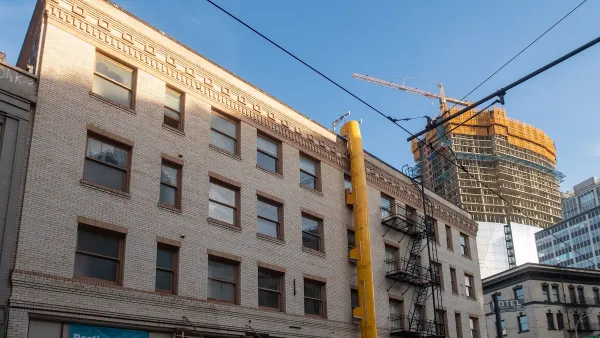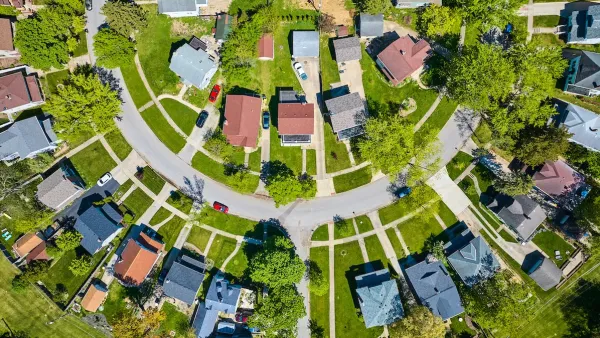70 percent of Maine's economic activity and 90 percent of its population growth over the last decade took place in three metro areas. So why is the state "giving money to ‘well-off’ suburbs at expense of urban areas?" Matthew Stone investigates.
Maine's three federally defined metro areas - Portland-South Portland, Lewiston-Auburn and Bangor - are the center of the state's economic activity and population growth. "Yet," says Stone, "state policies governing funding for education and transportation, state aid to local communities and economic development programs have not caught up to this new reality, according to economists and planners who have studied Maine’s communities and the state’s economy."
While experts are careful to point out that the funding impbalance is not "purposely biased," the fact remains that “the legislative bias has been in favor of the suburbs, the bedroom communities,” rather than the state's designated service centers, said Evan Richert, a former State Planning Office director. Policies that govern economic development and the distribution of education, transportation, and social service funds adversely effect the state's regional anchors.
“We have this weird situation where relatively less well-off populations in service-center communities and in truly rural places are having their tax dollars transferred to relatively well-off suburban places,” Richert said.
FULL STORY: Is the state giving money to ‘well-off’ suburbs at expense of urban areas?

Planetizen Federal Action Tracker
A weekly monitor of how Trump’s orders and actions are impacting planners and planning in America.

Map: Where Senate Republicans Want to Sell Your Public Lands
For public land advocates, the Senate Republicans’ proposal to sell millions of acres of public land in the West is “the biggest fight of their careers.”

Restaurant Patios Were a Pandemic Win — Why Were They so Hard to Keep?
Social distancing requirements and changes in travel patterns prompted cities to pilot new uses for street and sidewalk space. Then it got complicated.

Platform Pilsner: Vancouver Transit Agency Releases... a Beer?
TransLink will receive a portion of every sale of the four-pack.

Toronto Weighs Cheaper Transit, Parking Hikes for Major Events
Special event rates would take effect during large festivals, sports games and concerts to ‘discourage driving, manage congestion and free up space for transit.”

Berlin to Consider Car-Free Zone Larger Than Manhattan
The area bound by the 22-mile Ringbahn would still allow 12 uses of a private automobile per year per person, and several other exemptions.
Urban Design for Planners 1: Software Tools
This six-course series explores essential urban design concepts using open source software and equips planners with the tools they need to participate fully in the urban design process.
Planning for Universal Design
Learn the tools for implementing Universal Design in planning regulations.
Heyer Gruel & Associates PA
JM Goldson LLC
Custer County Colorado
City of Camden Redevelopment Agency
City of Astoria
Transportation Research & Education Center (TREC) at Portland State University
Camden Redevelopment Agency
City of Claremont
Municipality of Princeton (NJ)




























